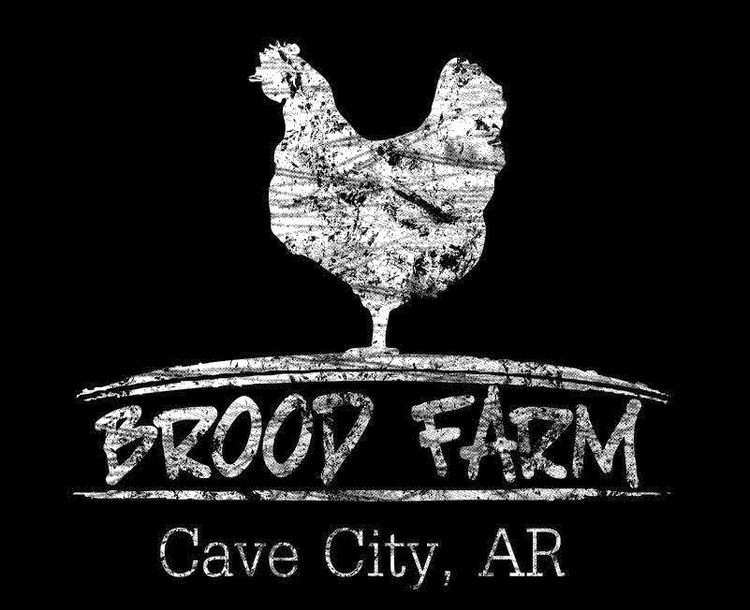"Is it difficult to make soap?"
I get this question a lot.
The answer is both yes and no. While I've been honing my soap making skills for a couple of years now, the actual process doesn't really require any special training or skill set. It does, however, take time.
Here's an overview of the entire process.
Nutmeg and I in our milking shed at the old house. This feels like forever ago!
Goat milk soap begins, of course, with goat milk. So, the first step is to milk the goat.
Then, the milk is poured into ice cube trays and frozen. The soap making process I use gets the right chemical reaction when the lye is added to frozen milk, and cubes are easy for me to measure and work with.
Next, the soap is made. This is where the magic happens, but it's really too detailed to describe here. Basically, milk, lye, and oils are combined to produce a beautiful product. This step probably takes about 2 hours of total hands on time. And this is time that cannot be interrupted. I do not answer the door or the phone during this time. Well, I shouldn't. Most of my chemical burns have happened when I tried to remove my gloves hurriedly to answer the phone.
Soap batter is poured into trays and covered with plastic wrap. It then sits on my soap rack for 2 days.
Do my hands really look like that?
Once the soap has been allowed to harden, I pop the bars out of the molds.
They are then stacked neatly on my wire soap drying rack where a fan blows on them continuously . . . for one month. Yep. An entire month! This allows the bar to age or cure. The older a bar, the harder it is, and the longer it will last when used. A bar of soap that is too "young" will turn to mush upon first use and be used up far too quickly. I'm not happy with the age of my bars until they're at least a month old.
Once the molds are empty, I wash them for reuse. This is a pretty labor intensive part of the process and where I miss my dishwasher most! I used to just pop these trays in the dishwasher and let it do all the work. Now, I have to soak, then scrub, then attack the corners with the toothbrush. It's tedious.
At the end of a month's time, I pH check a couple bars from each batch to be sure that they are ready for use. Remember, goat milk soap (like any true soap) relies upon lye for saponification. Used properly, the lye should be entirely "eaten up" during the soap making process, resulting in a bar with a neutral pH. If something were to go wrong with the process, though, you could be left with a bar that would scald the skin. While I've pretty much got this whole process down by now, I still pH check just to be sure bars are good to go. You're welcome. ;)
Once bars have aged appropriately and passed their pH test, they're ready for packaging. I really enjoy this part!
And bars are ready for sale! They are either toted to market or shipped out or stocked in one of my booths.
By my count, that makes 10 times that I touch/handle the bar from the beginning of the process to the end. And that's what we mean by "made by hand" -- which you see printed on each label. ;)









